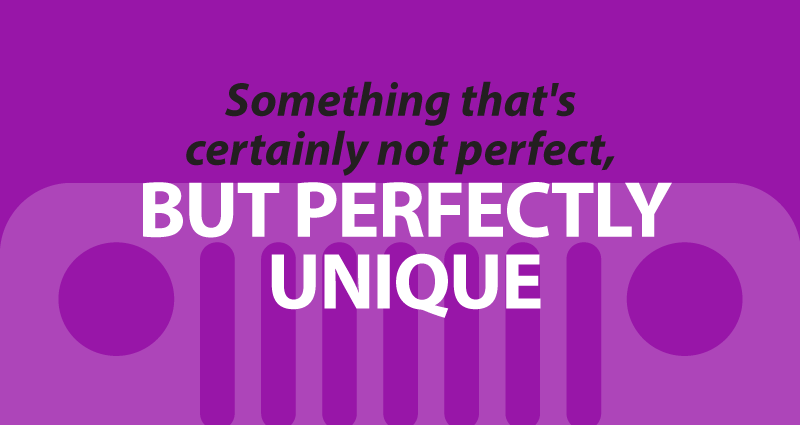
What the Jeep Wave can teach credit unions
Until this past weekend, I had never heard of The Jeep Wave. Of course, that may be because no one in my family has ever owned a Jeep, but apparently it comes as standard equipment with most models, according to my good buddy Mike, who proudly drives an ’04 TJ.
What is the Jeep Wave, you ask?
The Jeep Wave is how true Jeep owners recognize other true Jeep owners – “those drivers with the superior intelligence, taste, class, (and tolerance for discomfort) to own the ultimate vehicle – the Jeep.”
Depending on your location, the wave can vary from a few raised fingers from the top of the steering wheel (and sometimes a simple nod of the head), to vigorous waving of one or both hands sticking above the windshield – assuming the top is off (which is almost always for a true Jeep owner).
New Jeep owners are quickly indoctrinated into the Jeep culture, introduced to the ritual, and expected to continue the tradition.
Within every ritual there are rules.
Models from the TJ and older (back to pre-CJ) seem to be the core members of this culture, and when two Jeeps see each on the road, the newer model Jeep owner is expected to initiate the wave.
The older the Jeep, the more respect and waves you get. The more dirt on the vehicle, the more functional bling, er, equipment that you’ve added (winches, tow hooks, oversized tires, bumpers, lift kits, bigger engines, light bars that can illuminate the state of Kansas, etc.), the higher you rank.
Add in a few well-earned dents and dings and I would not be surprised to see other Jeeps stop to kneel before King Jeep.
There are some Jeep models that don’t get any respect, much less any waves. According to my buddy, stock Jeep Cherokee drivers don’t even rate a finger lift. Well, maybe if they wave first. But no self-respecting Jeep owner will acknowledge the generically-styled SUVs that Jeep has released recently.
What’s that? You drive a Renegade? Meh. Its a warm, cloudless day calling you to adventure, and your JK is closed up tight, with A/C running? That’s too bad. Hardly wave worthy. Sad, really.
It’s a long-term commitment.
After all, Jeeps are made to take abuse, and keep working. Maybe not working well, but, as this author puts it…
“Jeeps are tanks. They are made rugged and durable, specifically so you can beat the hell out of them… Oh, and If something does go awry, you can pretty much take the entire vehicle apart with a screwdriver and install your own parts with ease. Your Jeep’s check engine light might be on for seven years straight, and it may make terrifying noises from time to time, but it won’t die. It is not uncommon to see Jeep owners put upwards of 300,000 miles on their rigs… A Jeep might not run well for very long, but it’ll run really bad forever.”
And once you are in, you may be hooked for life.
My theory is that owning a Jeep somehow gets into your blood. Mike first owned a Jeep something like 30 years ago. Then he had kids and car seats didn’t really fit – not in the back seat, and certainly not without a roof. Now that his kids are raising their kids, Mike gets to once again feel all the wind, sun, bumps, and road craters that he wants.
And he gets to give and collect Jeep Waves.
Simply put, Jeep owners belong.
They identify as Jeep owners. They recognize and bond with other Jeep owners. They will stop whatever they are doing to humblebrag about every upgrade, every repair, every time they’ve had to be pulled out of a ditch, and every time they pulled someone else out of a ditch.
They are a community, connected by something they use almost every day, something that’s certainly not perfect, but perfectly unique.
Sounds a lot like a credit union, doesn’t it?
Wouldn’t it be great if your members felt so connected to your credit union that they proudly promoted its culture? What can you do to accomplish that goal?
What will your CU Wave look like?
- Are you scared yet? - October 22, 2024
- OMG! Who really IS our competition?!? - September 24, 2024
- Do 5-star ratings really mean anything? - August 27, 2024
